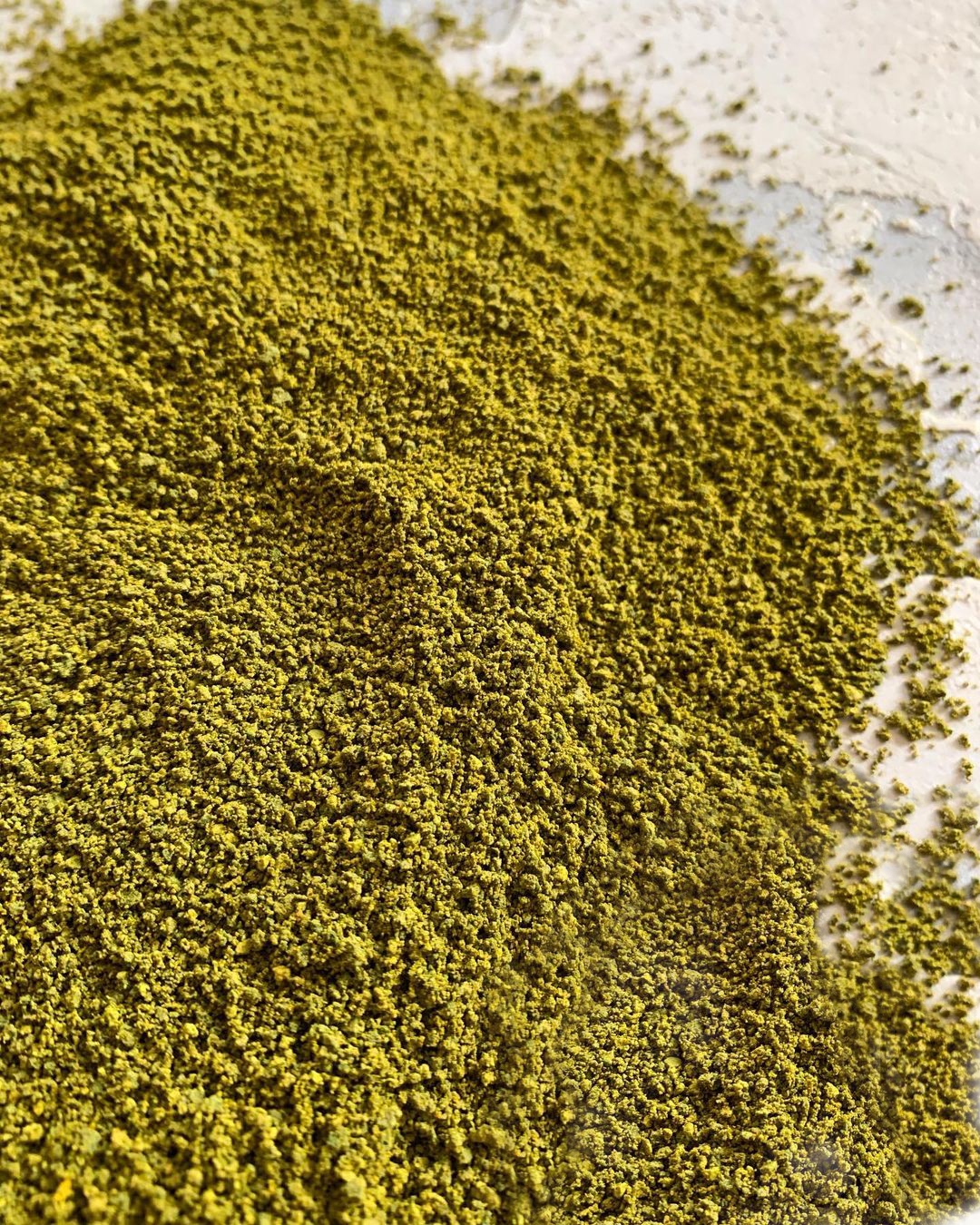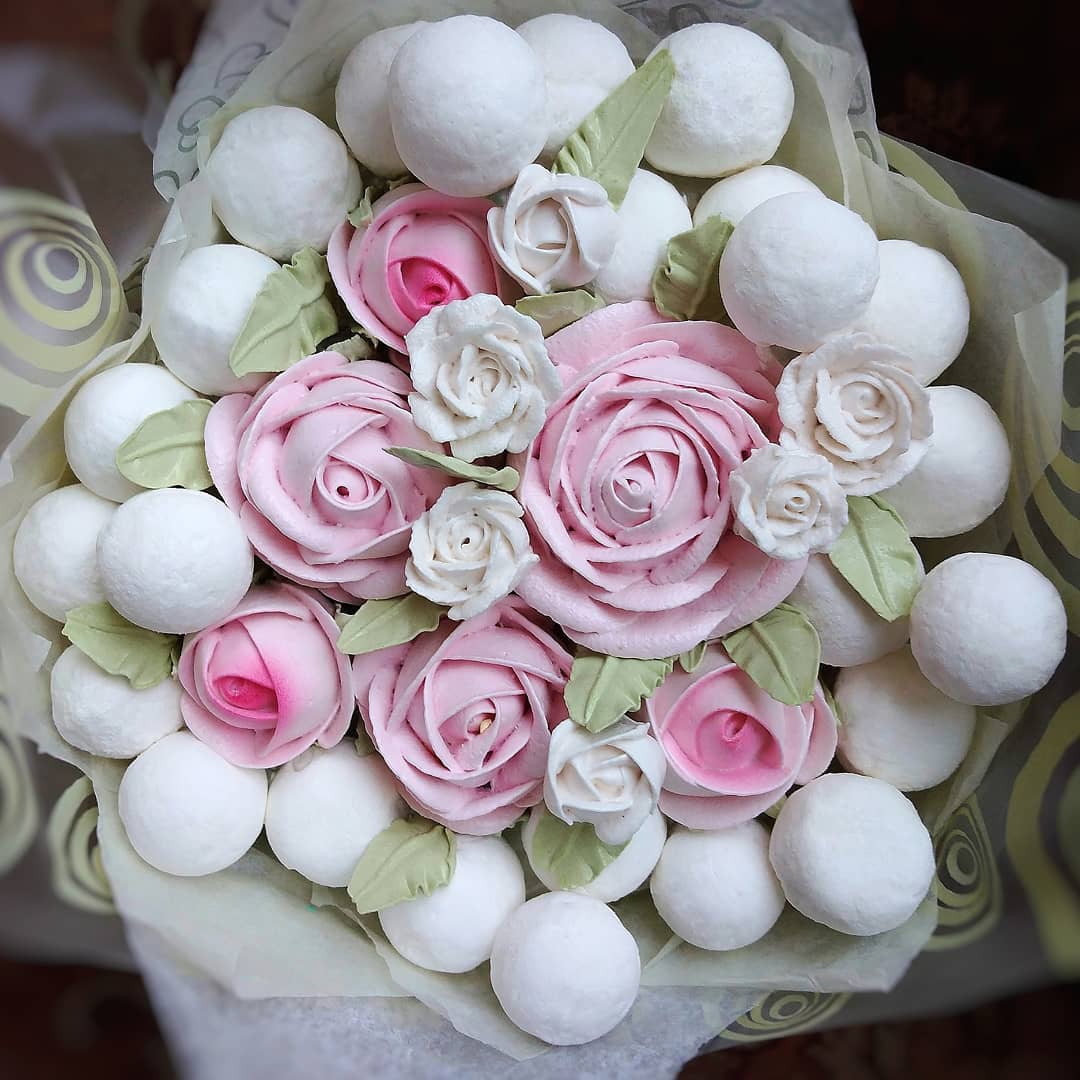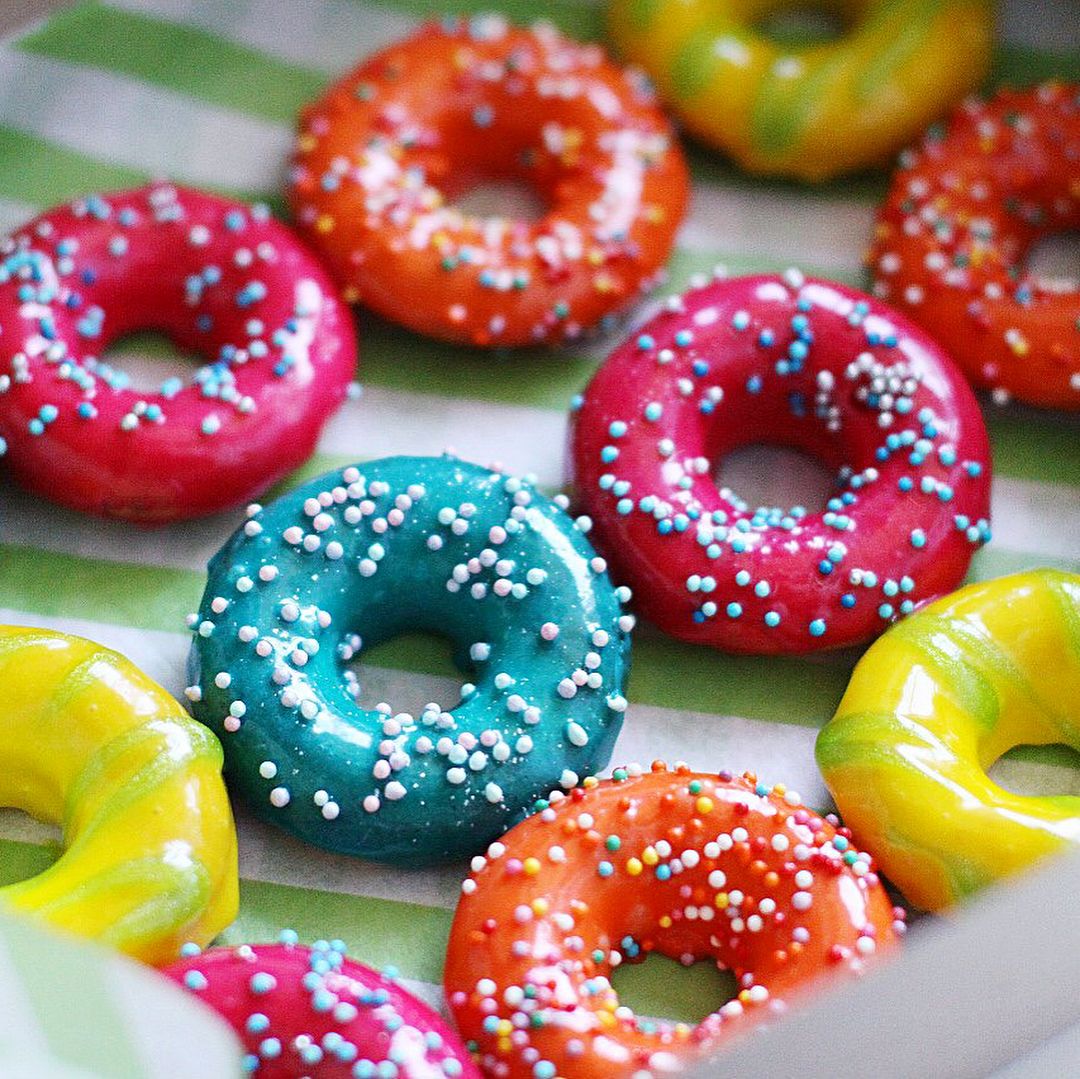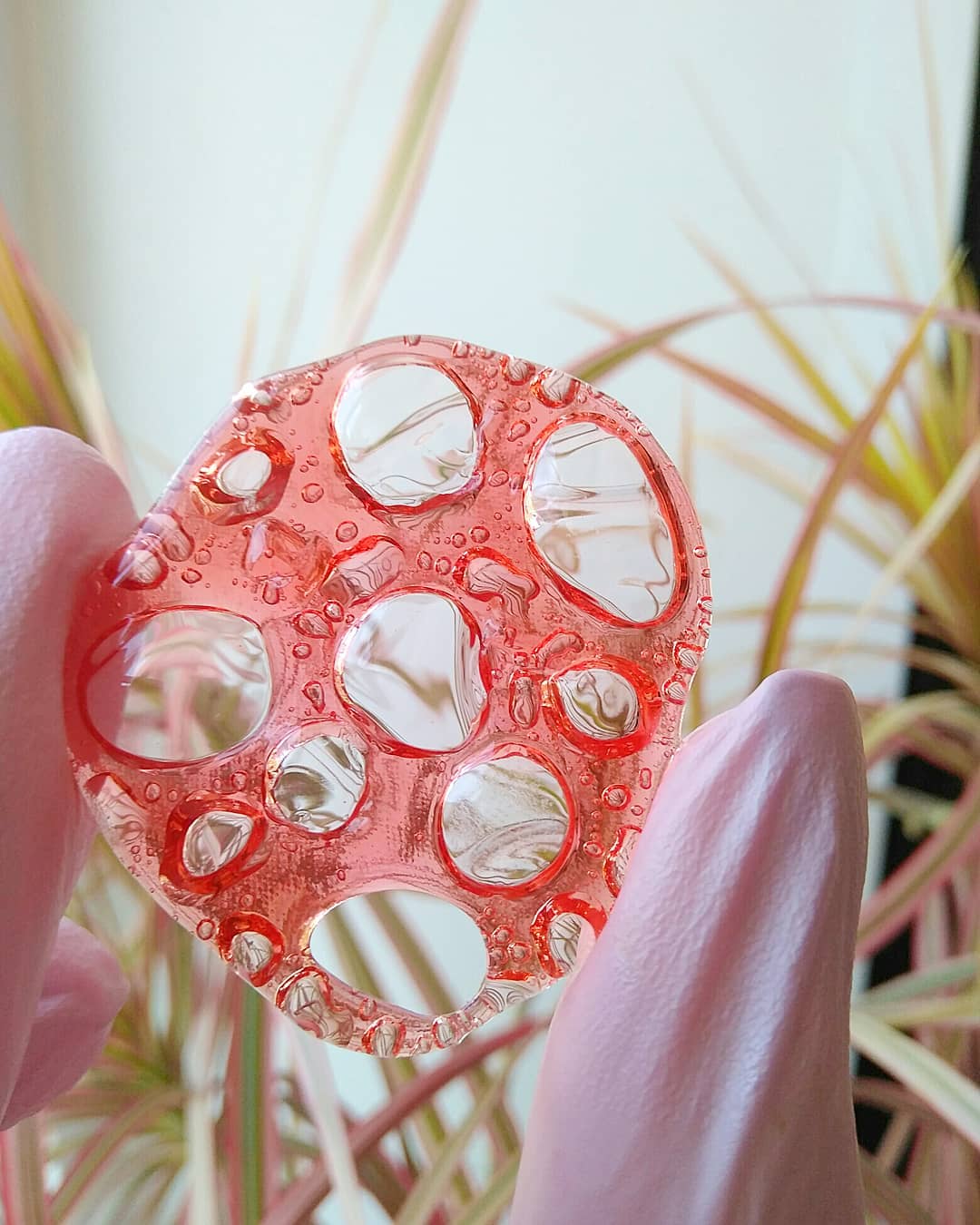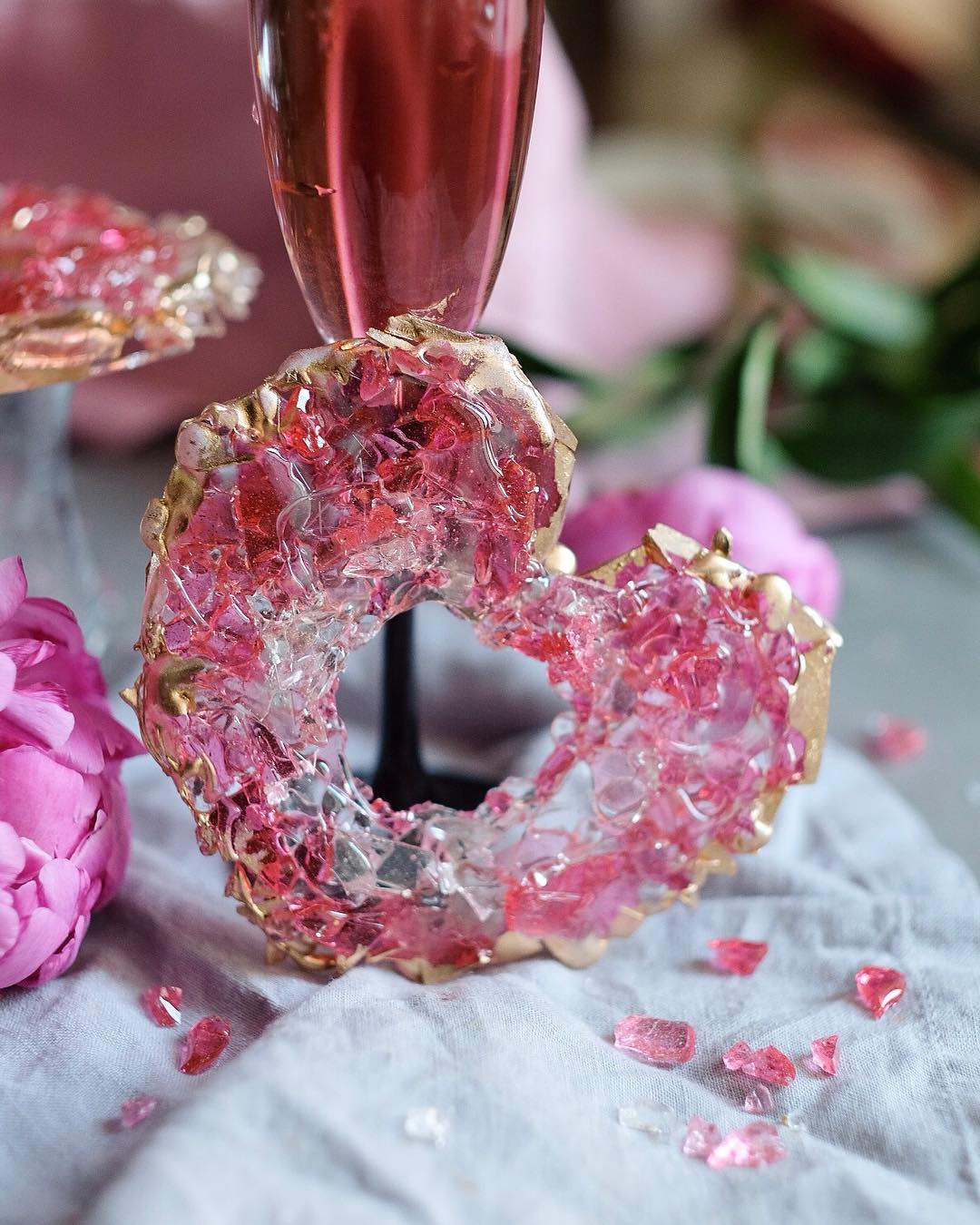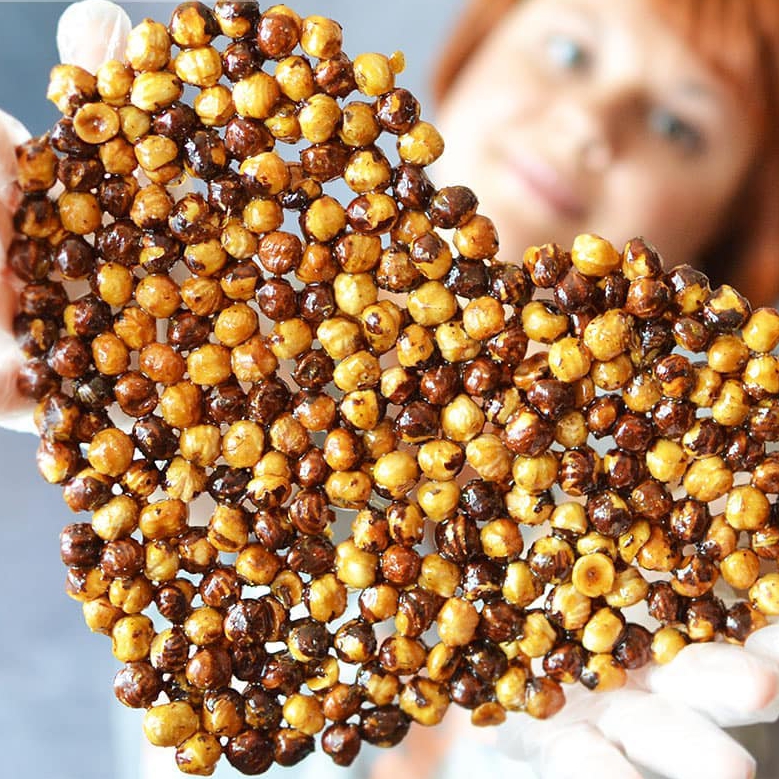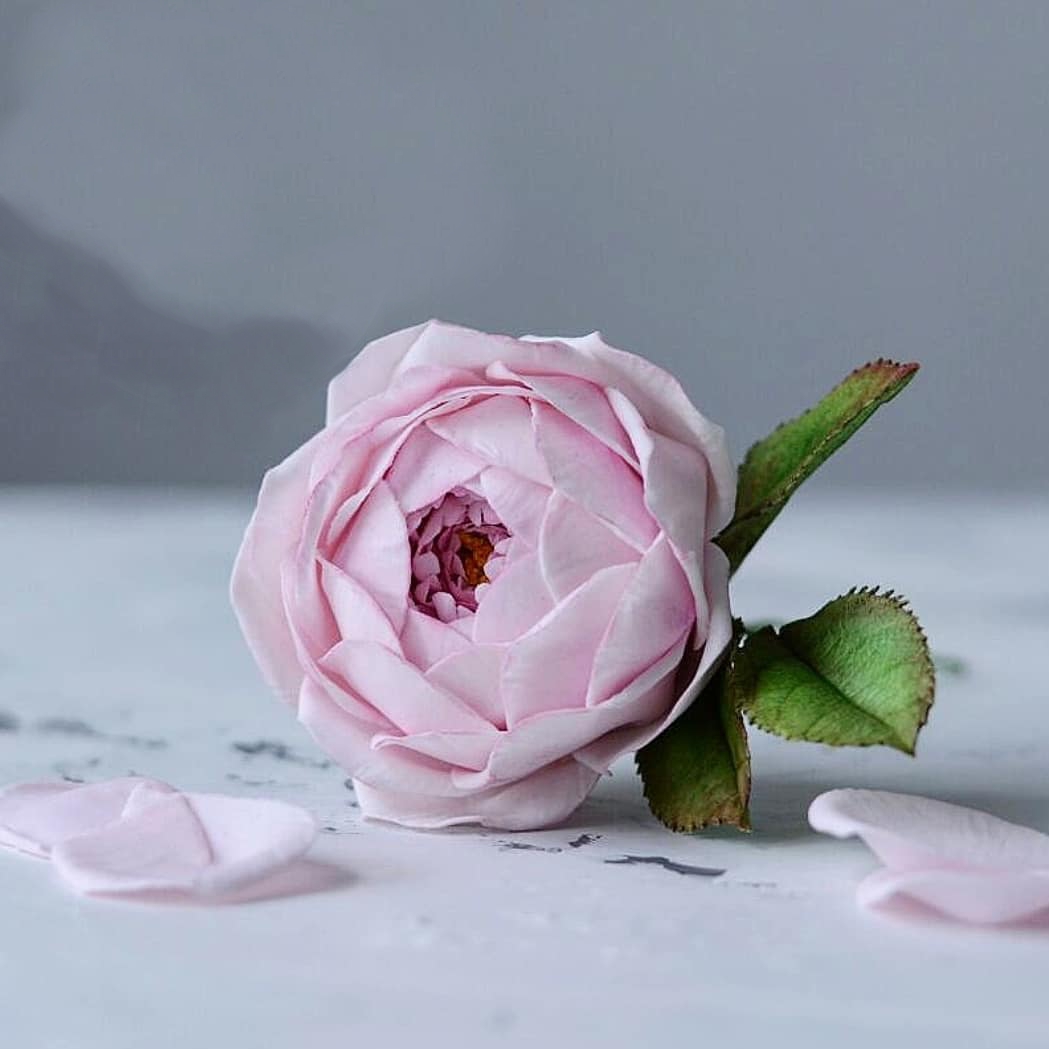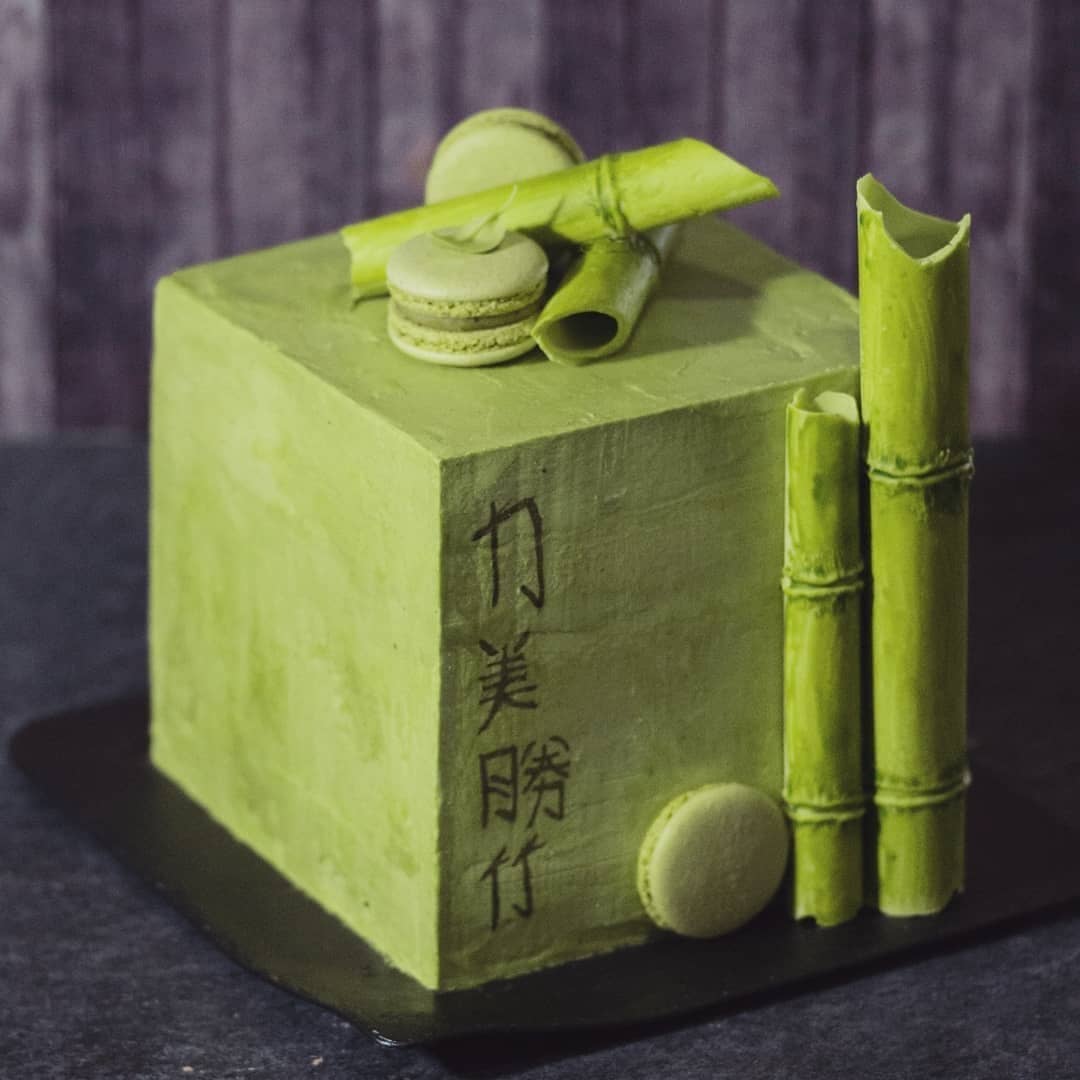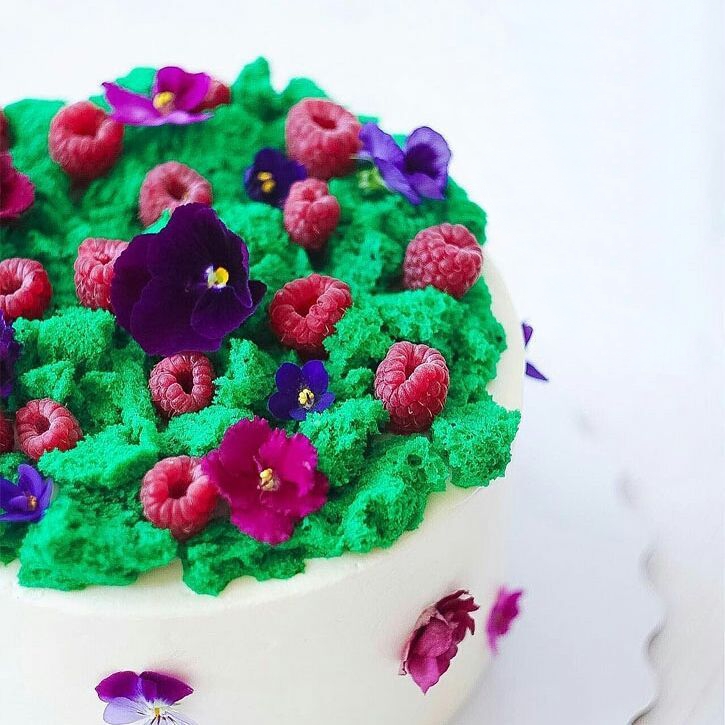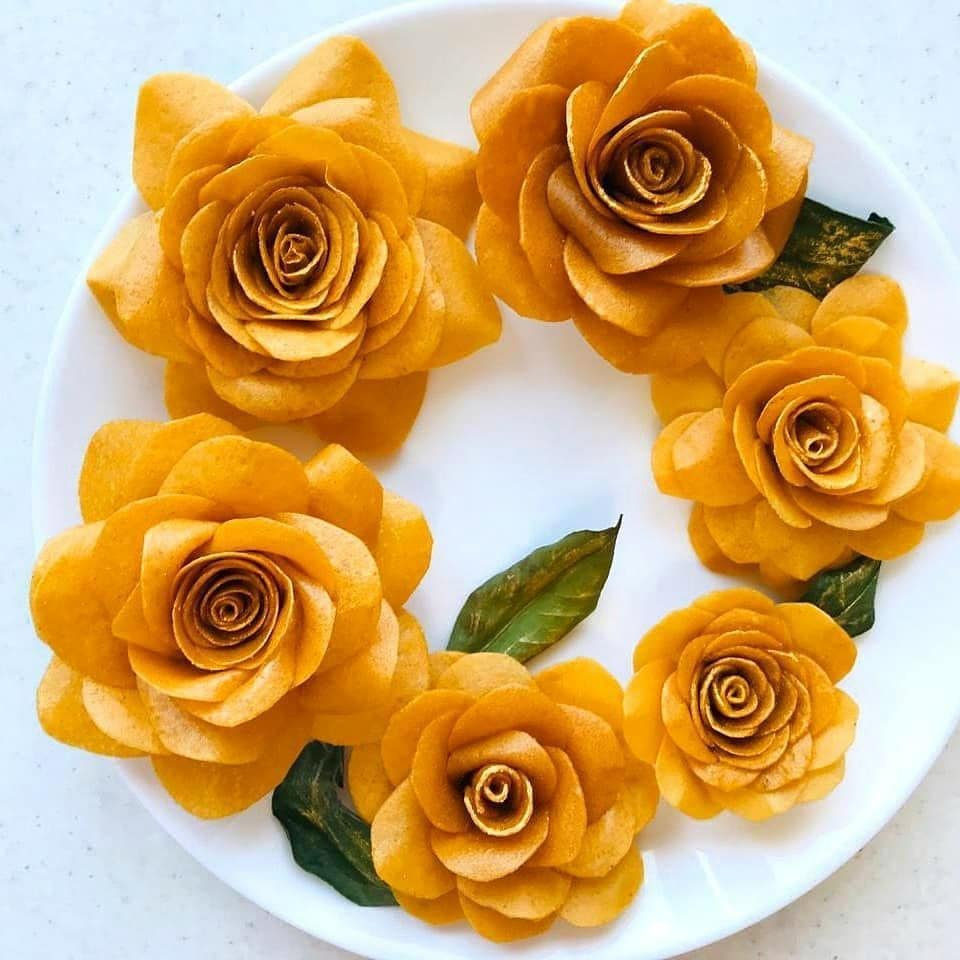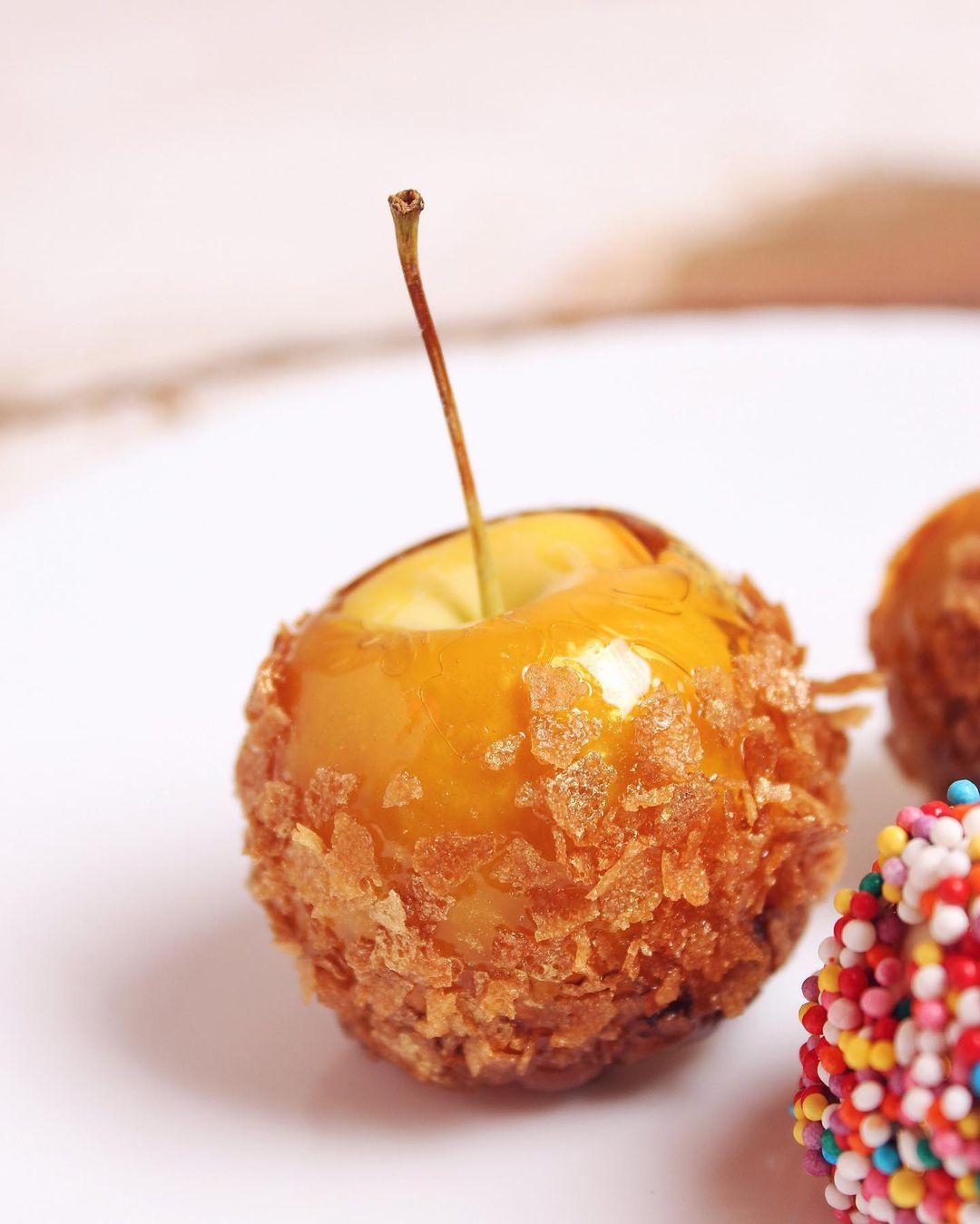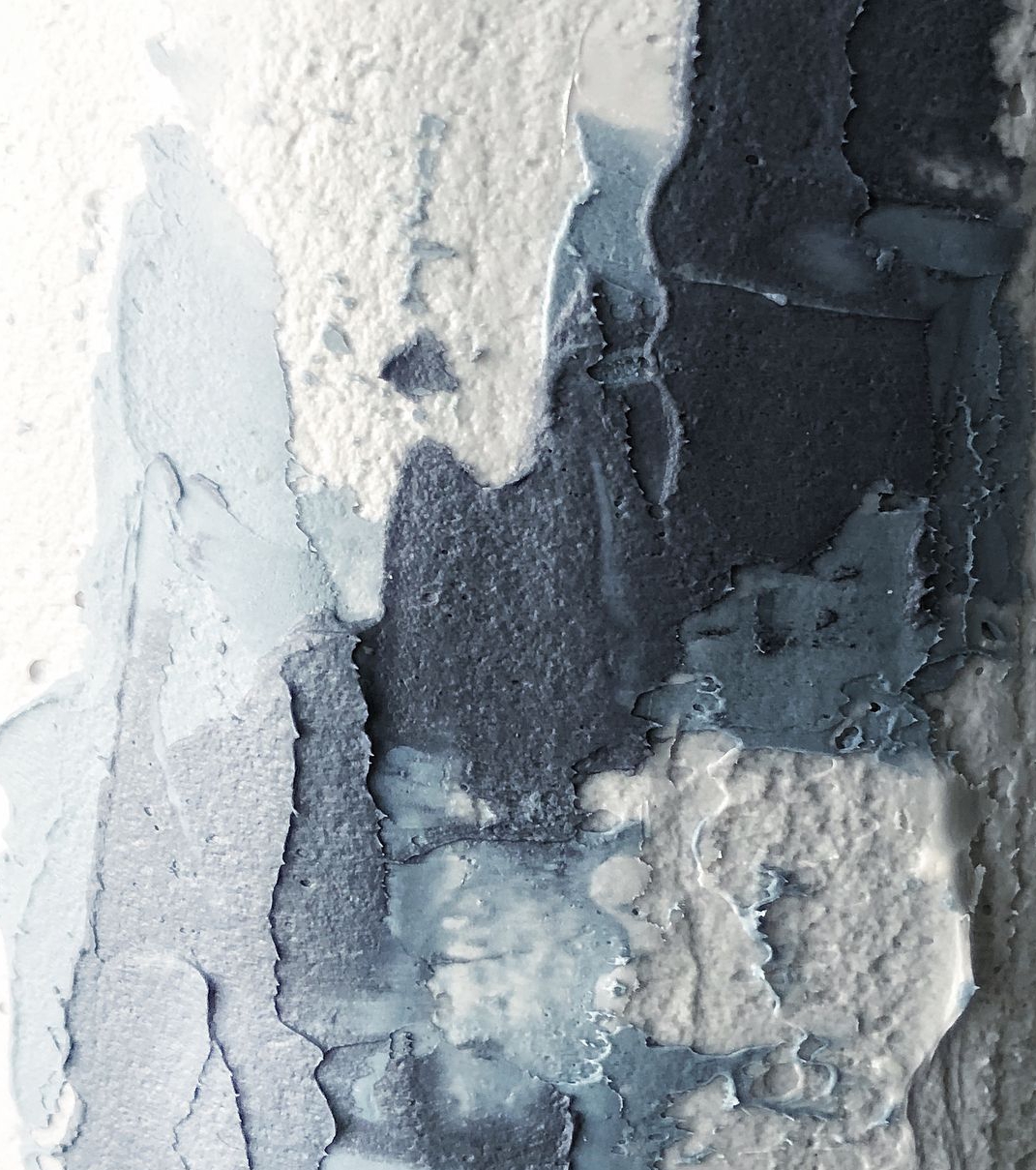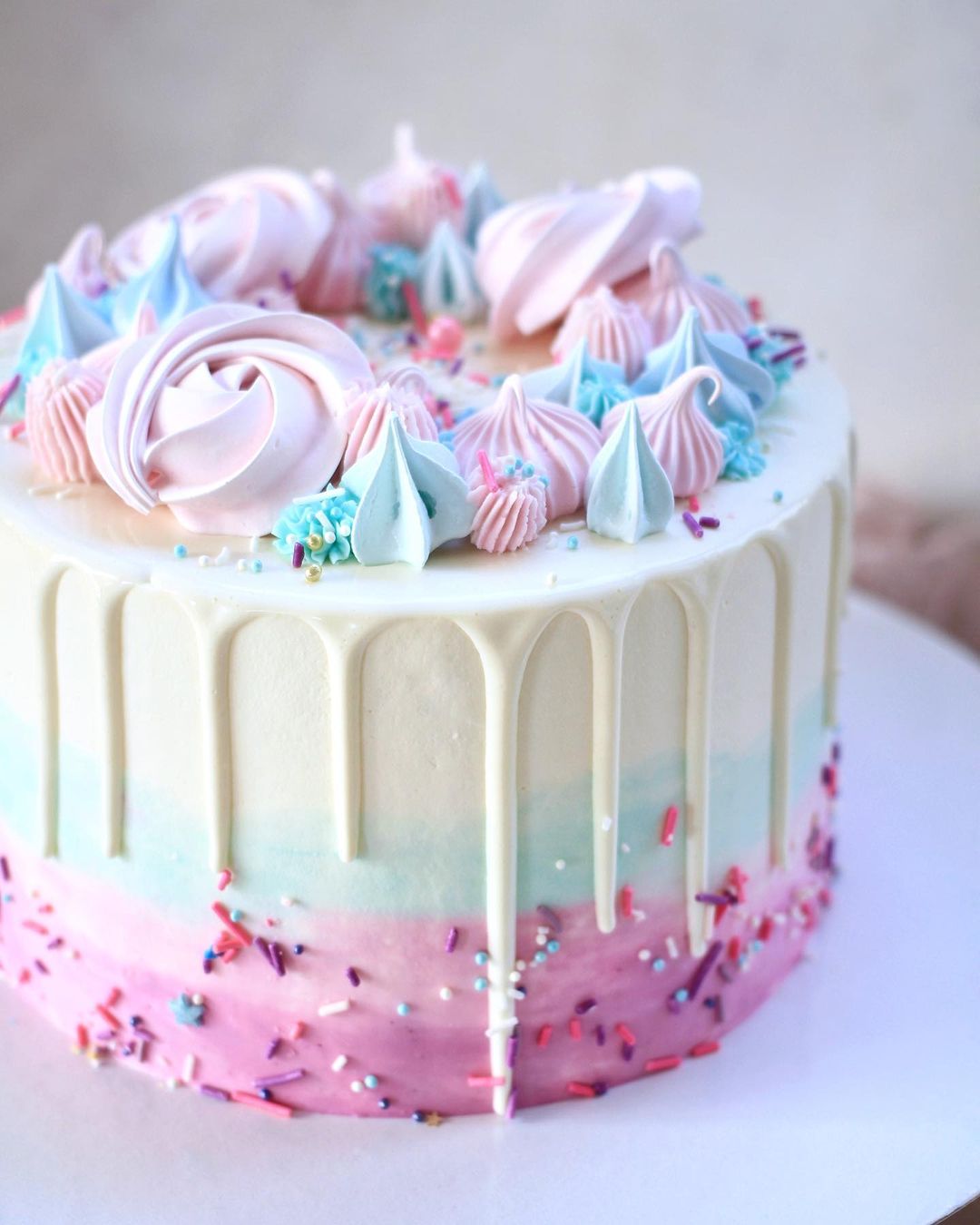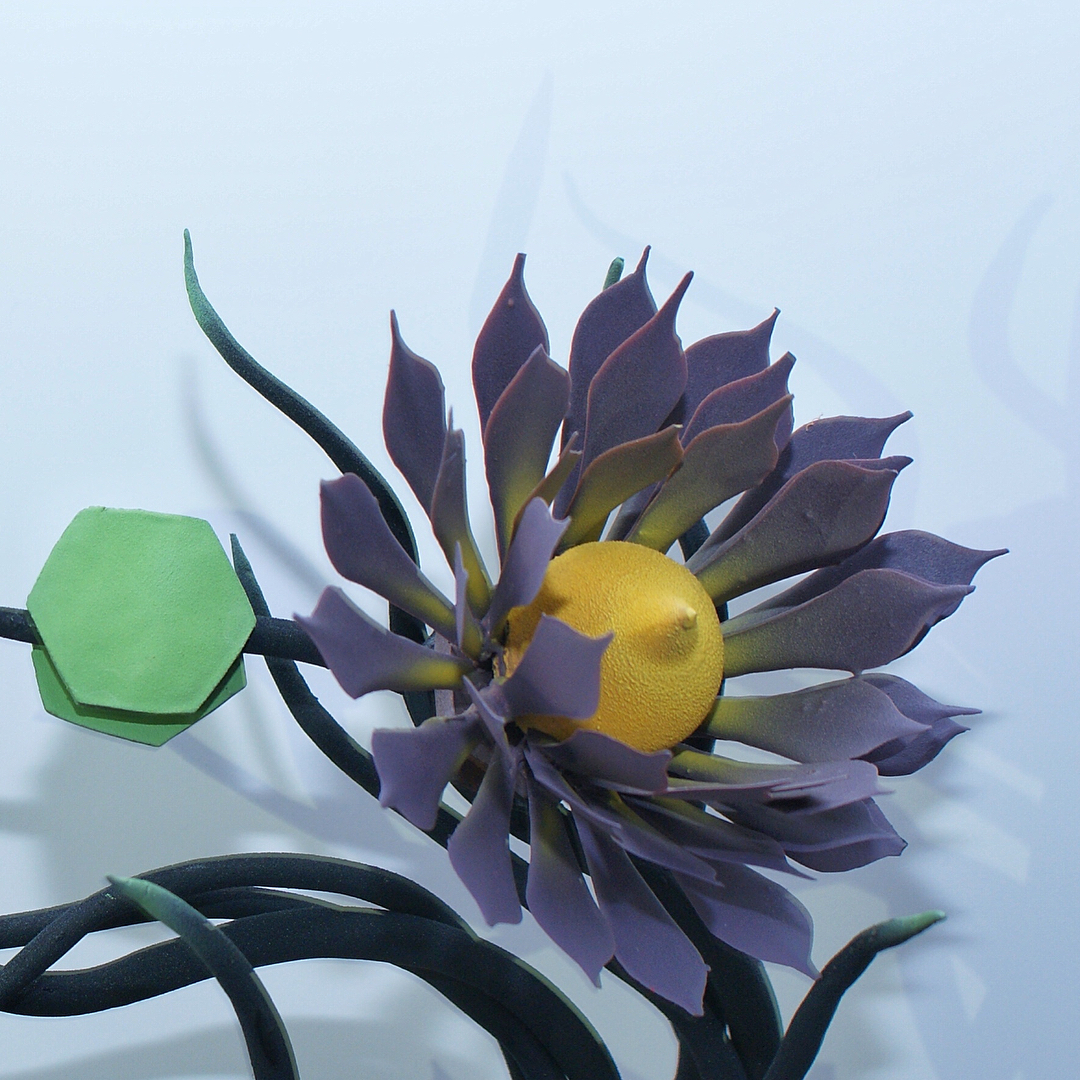Ingredients
Moss
Instructions
Step 1
Step 2
Step 3
Step 4
Step 5
Step 6
Step 7
Step 8
Step 9
Step 10
Step 11
Step 12
Step 13
Step 14
Step 15
Step 16
Step 17
Servings
How should you showcase your beautiful moss? Let’s get creative! 🌿
Cake Decoration: Sprinkle your moss over cakes for a rustic, woodland theme.
Gingerbread Cookies: Adorn your cookies with the moss to add texture and a pop of color.
Dessert Plates: Impress your guests by layering moss on dessert plates for a touch of culinary artistry.
Pro Tip: Pair the moss with edible flowers and berries to elevate your desserts to the next level. 🌸🍇
Equipment
Essential for grinding the gingerbread into fine crumbs. Ensure your blender can handle dry, solid ingredients smoothly.
A medium to large-sized bowl works best for mixing the crumbs with water and dye.
For even spreading and drying of the dyed mixture. A Teflon sheet prevents sticking.
Optional but useful if you desire a fine, flour-like consistency for your moss.
Set to a low temperature (100-120C or 212-248F) to ensure the mixture dries out without burning.
Variations
Good news, everyone! We've got you covered if you need **gluten-free** or **vegan** options. 🌱
Gluten-Free: Simply replace regular gingerbread with gluten-free gingerbread. The rest of the process remains the same, ensuring your dietary needs are met without sacrificing creativity.
Vegan: Use a vegan gingerbread recipe. You can also use natural vegetable dyes if you prefer to keep the recipe entirely plant-based. 🌿
Faq
- Q: Can I use any gingerbread for this recipe?
A: Absolutely! Whether it's slightly burnt, crooked, or covered with unsuccessful glaze, any gingerbread works perfectly.
- Q: What if I don't have a Teflon sheet?
A: No worries! You can use parchment paper as an alternative, just make sure to check the drying process frequently.
- Q: Can I use liquid food coloring instead of dye?
A: Yes, but be cautious with the amount to avoid making the mixture too watery. You may need to adjust the baking time to ensure proper drying.
- Q: How do I store the moss once it's made?
A: Store the moss in an airtight container in a cool, dry place. It should stay fresh for several weeks.
- Q: How can I make sure my moss has an even texture?
A: Sift the dry mixture through a fine colander for a consistent, flour-like texture. This step is optional but adds to the visual appeal.
- Q: Can I use this moss for other types of desserts or foods?
A: Definitely! Get creative and use it as a sprinkle on cupcakes or even as a topping for oatmeal or yogurt for a fun twist.

